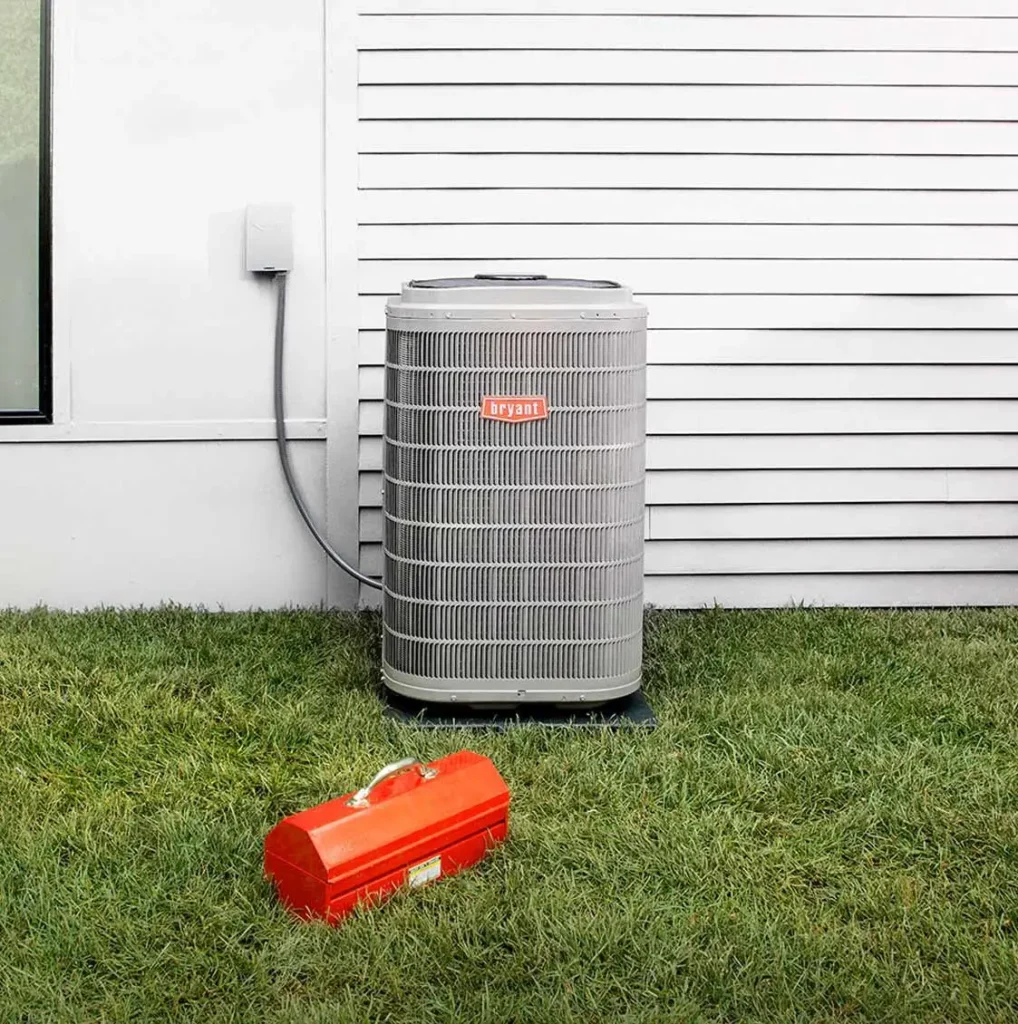Understanding Your HVAC System’s Distress Signals
Your heating and cooling system communicates with you constantly, but unlike a smoke alarm’s piercing beep or a car’s check engine light, HVAC systems often whisper their warnings. As Seattle homeowners, we face unique challenges with our climate’s moisture levels and temperature fluctuations that can accelerate system wear. Recognizing these subtle signs early can mean the difference between a simple repair and a complete system replacement. All Climate Heating And Air has been diagnosing these silent symptoms across Redmond, Kirkland, Bellevue, and surrounding communities since 1993, and we’ve learned that homeowners who catch these early warnings save thousands in emergency repairs.
The Pacific Northwest’s combination of rainy winters and increasingly warm summers puts additional strain on HVAC systems. When your system struggles, it rarely announces its problems loudly. Instead, it provides subtle clues through changes in performance, unusual behaviors, and shifts in your home’s comfort levels. Understanding these signs helps you maintain the energy efficiency and comfort that modern heating and cooling systems should provide.
The Mysterious Case of Rising Energy Bills
One of the most overlooked signs of HVAC distress appears right in your monthly utility statements. When your system begins losing efficiency, it works harder to maintain the same comfort levels, consuming more electricity or gas in the process. We’ve seen energy bills in Lynnwood and Edmonds homes increase by 20-30% when systems operate at reduced efficiency. This gradual climb often goes unnoticed because homeowners attribute it to rate increases or seasonal changes.
Your HVAC system’s efficiency naturally declines over time, but sudden or steady increases in energy consumption typically indicate specific problems. Dirty filters force your system to work harder, while refrigerant leaks in air conditioning units cause the compressor to run continuously. Failing components like blower motors or heat exchangers also increase energy consumption as they struggle to perform their functions. During our service calls throughout Mountlake Terrace and Bellevue, we frequently discover that addressing these underlying issues can restore energy bills to normal levels within a single billing cycle.
Temperature Inconsistencies Throughout Your Home
Seattle homes shouldn’t have dramatically different temperatures from room to room, yet this common complaint often signals HVAC problems. When certain rooms feel noticeably warmer or cooler than others, your system is telling you something important. These temperature variations can result from multiple issues within your heating and cooling system.
- Ductwork problems: Leaks, disconnections, or blockages prevent proper airflow distribution
- Failing zone controls: Dampers stuck open or closed disrupt intended temperature zones
- Inadequate insulation: While not directly HVAC-related, poor insulation exacerbates system strain
- Undersized equipment: Systems too small for your home’s square footage struggle to maintain consistent temperatures
Strange Sounds: Your System’s Morse Code
Every HVAC system produces some operational noise, but new or changing sounds deserve immediate attention. We’ve serviced homes across Kirkland where homeowners lived with unusual noises for months, not realizing these sounds indicated developing problems. Different noises point to specific issues within your system.
Squealing or screeching typically indicates belt problems or bearing failures in motors. Banging or clanking sounds often signal loose components or failing compressor parts. Rattling might mean loose panels, but could also indicate debris in your outdoor unit. Hissing sounds frequently reveal refrigerant leaks, while gurgling suggests drainage problems. Each sound provides valuable diagnostic information that helps pinpoint problems before complete failure occurs.
The Telltale Signs of Poor Air Quality
Your HVAC system plays a crucial role in maintaining indoor air quality, and when it falters, your home’s air suffers. Increased dust accumulation, persistent musty odors, or family members experiencing more allergies indicate your system isn’t properly filtering or circulating air. In Seattle’s damp climate, these issues can quickly escalate to mold growth and serious health concerns.
- Excessive dust despite regular cleaning suggests filtration problems or duct leaks pulling in unfiltered air
- Humidity control issues manifest as condensation on windows or that sticky feeling during summer
- Stale or stuffy air indicates inadequate ventilation or circulation problems
Taking Action Before Crisis Strikes
Recognizing these warning signs empowers you to address problems proactively. Regular maintenance from All Climate Heating And Air helps identify developing issues before they manifest as uncomfortable symptoms or expensive failures. Our comprehensive inspections examine every component, ensuring your system operates efficiently throughout Seattle’s varied seasons. We provide quality heating, cooling, and home comfort services designed to keep your system running smoothly, maintaining the clean, energy-efficient, and comfortable environment your family deserves. Don’t wait for complete system failure – these silent signs are your HVAC system’s way of asking for help before it’s too late.

